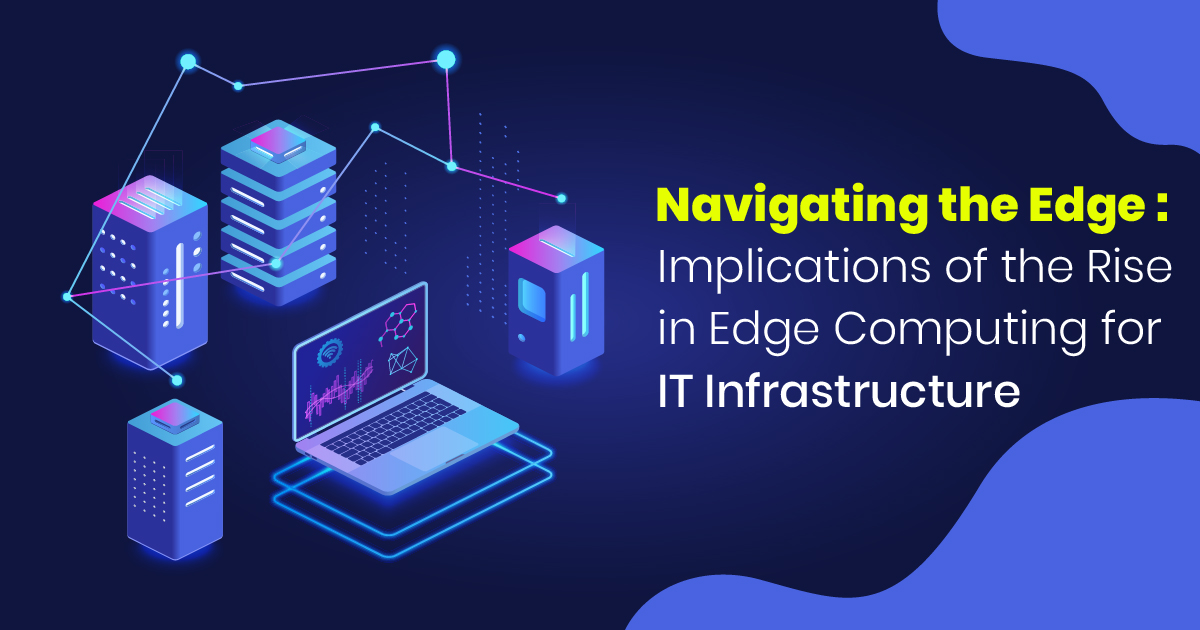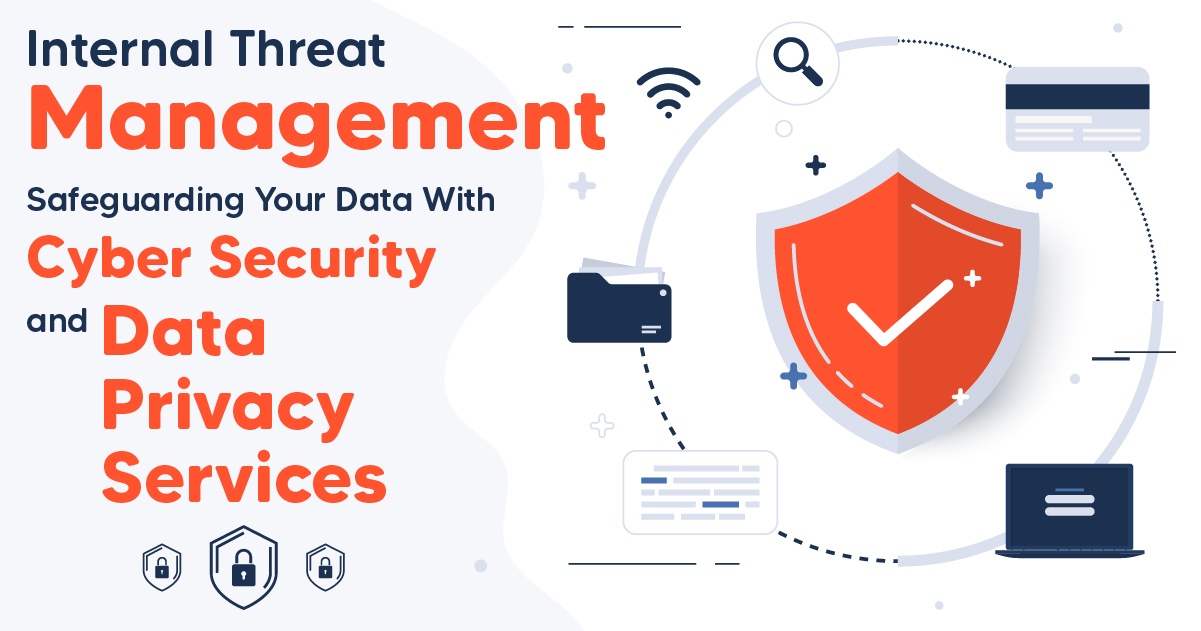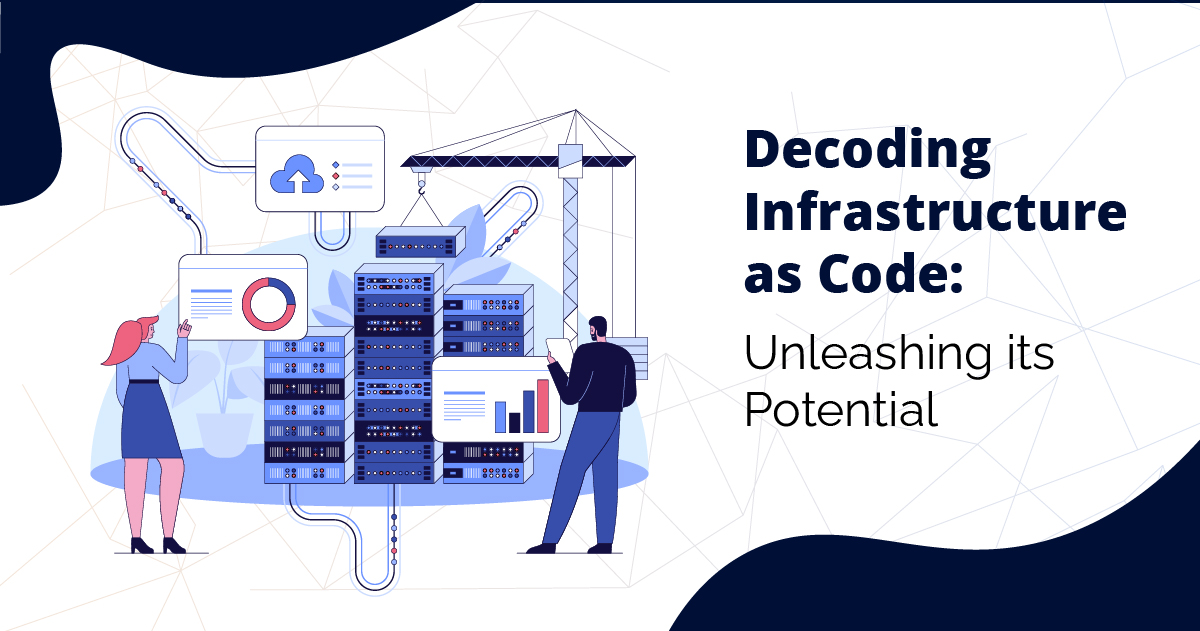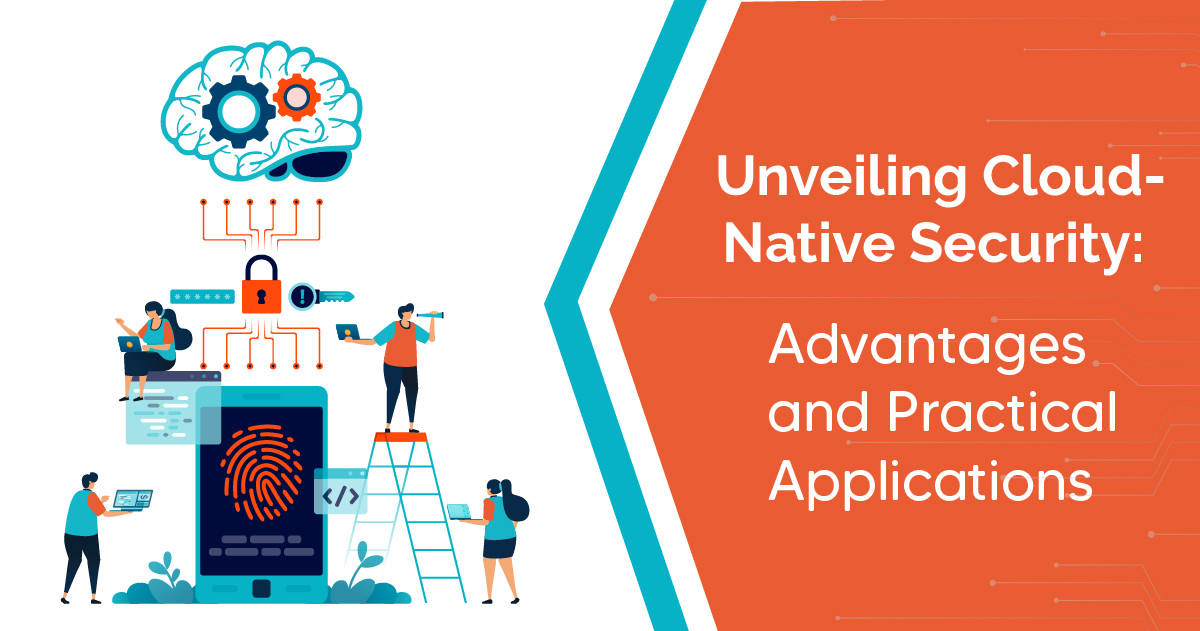The transformative impact of edge computing on IT Infrastructure Management has been observed in the digital world. Here, data processing and dissemination are being redefined by edge computing, which is both an opportunity and a difficulty for enterprises. This post explores the important factors and tactics needed to realize edge computing’s promise fully.
Define Edge computing
Edge computing is known as a distributed computing paradigm that reduces latency and improves real-time processing capabilities by bringing computational power and data storage closer to the data source and end users. Traditional cloud computing involves sending data to distant data centers for processing, which can cause delays, particularly for time-sensitive applications like Internet of Things (IoT) sensors, autonomous vehicles, and industrial machines.
Contrarily, edge computing processes data locally or in close-by edge servers and gadgets like routers and gateways. This makes it possible to analyze data more quickly, respond more quickly, and rely less on centralized cloud resources. Edge computing is especially useful in applications like smart cities, healthcare, manufacturing, and autonomous systems where low latency, high bandwidth, data privacy, and autonomy are essential. By offering a decentralized, distributed architecture that maximizes speed and efficiency for a variety of applications, it augments cloud computing.
The work process of Edge computing
Edge computing is known as the best IT Infrastructure Management Strategy, as per Megamax Services. By decentralizing computational capabilities and data processing, edge computing brings these processes closer to the data source or end user. This is how it works:
- Data Creation
The creation of data from multiple sources, such as Internet of Things (IoT) devices, sensors, cameras, or other data-producing endpoints, is the first step in the edge computing process. These gadgets record information in real-time, which needs to be processed and examined.
- Edge Devices
Edge devices are positioned close to the data sources and can include gateways, routers, edge servers, or even IoT devices themselves. These edge devices are capable of both computation and storage.
- Data processing
Edge devices preprocess and filter the data locally rather than transmitting all the raw data to a centralized cloud server for processing. Critical choices can be made in real-time while reducing latency and bandwidth utilization thanks to local processing.
- Data storage
Edge devices may store vital data locally, frequently for a short period of time, to ensure continuity in the event of network outages or latency-sensitive applications.
- Communication
Once processed, data or pertinent insights are sent to the cloud or other distant servers for additional analysis, long-term archiving, or machine learning model training. Because the edge devices filter and communicate only important data, this offloading occurs effectively.
- Making decisions
Edge computing enables quicker decisions to be made at the edge itself, lowering reaction times and allowing for autonomous operations without relying on external servers.
- Scalability
This IT Infrastructure Management technology can be quickly scaled by adding more edge devices or modifying their capabilities in response to shifting needs.
The rise of edge computing
The desire for real-time decision-making and faster, more dependable, and more efficient data processing is what is driving edge computing’s growth. Here are the reasons behind the popularity of edge computing:
- Reduced Latency
One of the main motivations for edge computing is the need to reduce latency. Even a few milliseconds of delay can be crucial in applications like telemedicine, industrial automation, and driverless vehicles. Edge computing greatly minimizes the amount of time data must travel to and from a central cloud server by processing data locally at the edge, close to the data source.
- Real-Time Decision-Making
Without relying on a faraway data center, edge devices can make decisions right away. Applications like self-driving cars, where split-second choices are necessary for safety, and manufacturing environments, where process control is important, require this capacity.
- Bandwidth Optimization
Optimization of bandwidth utilization is made possible via edge computing, which processes data locally. As a result, less data needs to be carried over the network, which is useful in situations where bandwidth is constrained or if data costs are an issue.
- IoT and Sensors
The adoption of edge computing has been further accelerated by the spread of IoT devices and sensors, which produce enormous volumes of data. These devices have the ability to locally preprocess data, transmitting only pertinent data to centralized servers.
- Data Security and Privacy
Edge computing improves data security and privacy as a part of IT Infrastructure Management Strategy. Sensitive information can be processed locally on the edge device without leaving it, minimizing the risk of data breaches and guaranteeing that it stays in a secure setting.
- Applications in Particular Industries
Edge computing is especially useful in sectors like healthcare, manufacturing, agriculture, and logistics. Wearable technology can be used in the healthcare industry to monitor patients’ vital signs and deliver real-time feedback or alarms without relying on remote servers.
- Scalability and redundancy
Distributed, scalable architectures are made possible by edge computing. In order to handle heavier workloads or to offer redundancy, more edge devices can easily be added, increasing system resilience.
- Delivery of content
Edge servers are placed strategically close to users in content delivery networks (CDNs) to provide material swiftly and effectively. This enhances online gaming, video streaming, and web browsing user experiences.
- Remote Locations
In harsh or remote areas where dependable network access may be difficult to maintain, edge computing is crucial for Network Services and Management.
The changing future with Edge Computing
Edge computing enables quicker, more effective, and more secure data processing at the edge of networks, which is revolutionizing the future. By improving data privacy, lowering latency, and maximizing bandwidth, this game-changing technology is powering real-time applications like autonomous vehicles, telemedicine, and the Internet of Things.
By facilitating quicker decision-making and enhancing operational efficiency, it is transforming industries from manufacturing to healthcare. The decentralized architecture of edge computing ensures dependable performance in outlying areas and challenging settings. It will support the development of emerging technologies as it develops, making them more approachable, responsive, and capable, ultimately influencing a smarter, more connected future.
Conclusion
Overall, edge computing is crucial for applications like autonomous vehicles, smart cities, remote monitoring, and industrial automation because it provides advantages like decreased latency, greater data privacy, bandwidth optimization, and increased robustness. Thus, connect with Megamax Services to get the best Network Services and Management.




